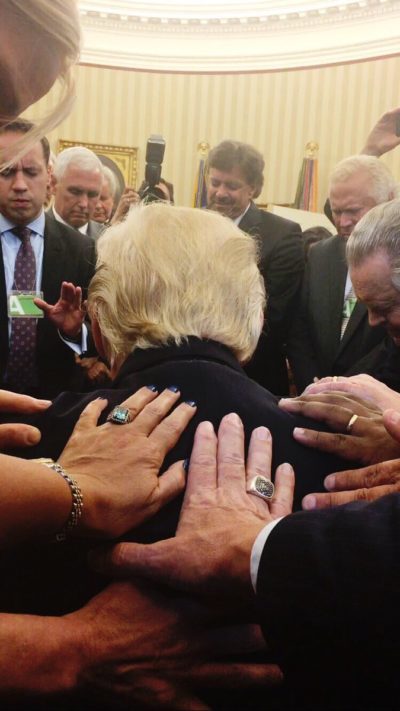There are several head scratching quotes from Jerry Falwell, Jr. in his New Year’s Day interview with Joe Heims in the Washington Post. One such quote which caught my eye is this:
Why have Americans been able to do more to help people in need around the world than any other country in history? It’s because of free enterprise, freedom, ingenuity, entrepreneurism and wealth. A poor person never gave anyone a job. A poor person never gave anybody charity, not of any real volume. It’s just common sense to me.
While job creation might be out of reach for many low income people, charitable giving is something the poor do often. As Relevant magazine pointed out, Christian college president Falwell appears to have forgotten Jesus’ teaching about the widow and her few cents. Beyond Falwell’s insensitivity to the Bible, he is wrong about the poor and charitable giving. Actually, low income people as a group give a lot and on average they give more as a percentage of their income than rich people.
Given Falwell’s role as a fund raiser for his college, I am surprised he isn’t aware of this. In philanthropy literature, the link between income bracket and giving is well known. Although the truly poor don’t often itemize charitable gifts, lower income brackets are responsible for significant amounts of charitable giving compared to higher brackets. This is especially true of religious giving.
A 2007 Indiana University study found that donors making under 100,000/year gave nearly $60 Billion to religious organizations compared to $8.6 Billion given by donors making over $1 million/year. The per donor gift was much smaller in the lower income group, but together the lower income group represented nearly 60% of all giving to religious causes. In contrast to Falwell’s claim, that’s some real volume. No doubt Falwell’s college gets many widow’s mites on a monthly basis to help keep those doors open.
I realize that $100,000/year is not poor. However, this bracket is more likely to include large families with limited resources. As noted above, people in the lowest income groups don’t often itemize contributions and so it is harder to capture those data via the Indiana U. methodology. However, other research supports the contention that lower income persons give more as a percentage of income than the rich.
For instance, a 2014 study published in the Chronicle of Philanthropy showed that the wealthy reduced their giving during the economic downtown while lower and middle income donors increased giving. The lowest income bracket – those making less than $25,000/year – increased their giving by 17% from 2006 to 2012. The lowest income group demonstrated the highest percentage increase of all groups.
The 2014 study wasn’t unusual. Much prior research has found that those in low income brackets give more as a percentage of income than the wealthy. According to researcher Roger Barnett, “Research in the area has established that, on the average, high income donors give more to charitable causes than do people with low incomes. However, in Britain (and in the United States) the poor have for decades been observed to donate proportionately higher shares of their income to charity than the financially better off (emphasis in the original) (p. 520).
Falwell, Jr.’s college has been helped out in the past by big gifts (e.g., self-proclaimed messiah Sun Myung Moon) so perhaps he is influenced by the big donors. However, as a group, the poor do give and they give a lot. He is wrong and shouldn’t spread this misinformation. If I were a low income donor to Liberty University, I would have to rethink my contribution.
